Counter Extremism in Sunni Communities
Question (V2): What are the key factors that would impact the wave of violent extremism and ideological radicalism that affect the Sunni community? Author | Editor: Canna, S. (NSI, Inc). Executive Summary The Sunni community is not homogenous, and contributors expressed their discomfort making broad generalizations for a number of reasons. Most Sunni Arabs still […]
Continue ReadingCounter-Messaging to Prevent Radicalization
Question (R6.4): Knowing that religion is only one (and not the most important) stimulus for disgruntled Islamic youth to join VEOs, what could/should be the domestic messaging to youth to prevent their “radicalization” and joining the VEOs? To what extent could a continued presence of Western military in the Middle East (even only as instructors/trainers) […]
Continue ReadingWhole of Government Approach to Conflict
R4 Question #2: How could DoD and DoS be better postured to address regional and world conflicts to ensure a whole of government approach to identify and synchronize lines of effort in both planning and execution? Author | Editor: Canna, S. (NSI, Inc). Executive Summary Not many experts were willing to tackle this problem of […]
Continue Reading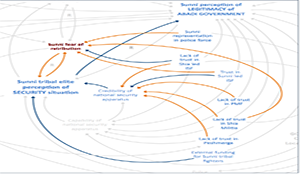
Building Partner Capacity: Iraq
Question (R6.10): What can the U.S. and Coalition partners realistically do to enable Iraqi Security Forces (ISF) to combat a long-term ISIS insurgency? Recognizing the enormous resources the U.S. poured into the ISF from 2003 until 2011, only to see much of the force collapse in 2014, what can we do to avoid making the […]
Continue ReadingCompetition Short of Armed Conflict with a Regional Power
Question (R6.7): Are there examples from US history of competition short of open conflict1 with a regional power? What lessons exist that may be applied to resolving competing US/Iran objectives short of open conflict? Which examples are most relevant—pre- or post-World War II? Author | Editor: Polansky (Pagano), S. (NSI, Inc.) Executive Summary The experts […]
Continue Reading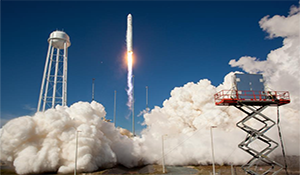
Commercial Space Actors: Disruptors or Solid Partners
[Q12] Will major commercial space entities likely serve as disruptors or solid partners in terms of state national security interests? In the short-term (5-10 years), mid-term (15-20 years), and long-term (25+ years)? A Virtual Think Tank (ViTTa)® Report. Authors: Dr. Allison Astorino-Courtois (NSI, Inc.) and Dr. Belinda Bragg (NSI, Inc.) Summary Response There was considerable […]
Continue Reading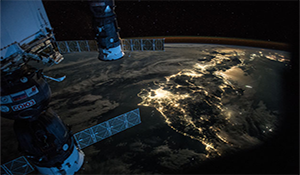
Strategic Risk in the Space Domain
[Q16] Which international actors currently have the greatest strategic risk in the space domain? What affordable non-space alternatives are there to mitigate or avoid that strategic risk? A Virtual Think Tank (ViTTa)® Report. Author: George Popp (NSI, Inc.) Summary Response This report summarizes the input of 15 insightful responses contributed by space experts from National […]
Continue Reading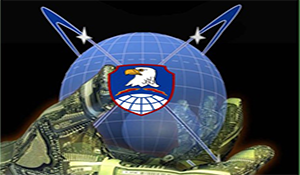
Is US Success Contingent on Dominance in Every Domain
[Q17] As we move into multi-domain conflicts will our success hinge on being successful in every domain or can we lose in one and still be successful in the overall campaign? A Virtual Think Tank (ViTTa)® Report. Author: Dr. Sabrina Polansky (Pagano) (NSI, Inc.) Summary Response Contributors were varied in their responses, with approximately half […]
Continue Reading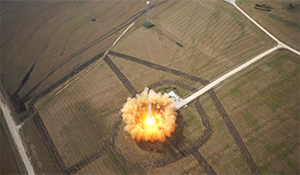
National Security Implications of Space-Launch Innovation
[Q13] What are the national security implications of increasingly accessible and affordable commercial launch services? Are these the same for the US and near-peers or states with emergent space capabilities? A Virtual Think Tank (ViTTa)® Report. Authors: Dr. John Stevenson (NSI, Inc.) and George Popp (NSI, Inc.) Summary Response The experts solicited in this effort […]
Continue Reading
Ally, Adversary, and Partner Use of Space
[Q2] How does each entity in the following categories conceive of space operations for military and commercial purposes? How do they approach space operations and services? Is there any difference in how their commercial ventures (if any) consider security during peace, crisis, and conflict? a. PRC, Russia, Iran, North Korea; b. European Space Agency, Japan, […]
Continue Reading